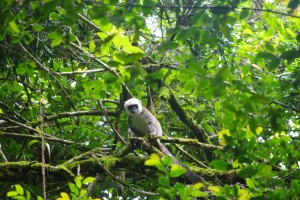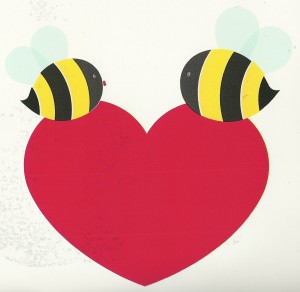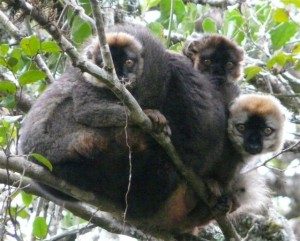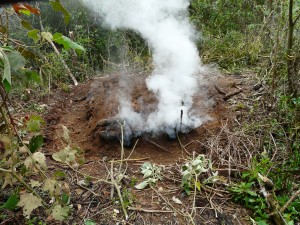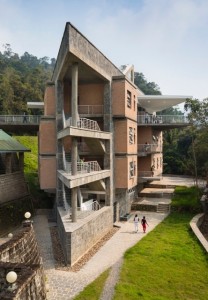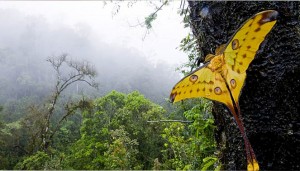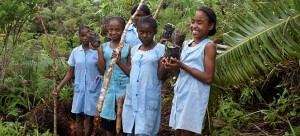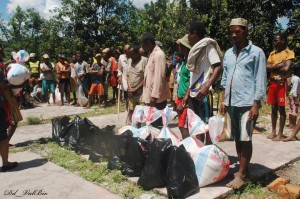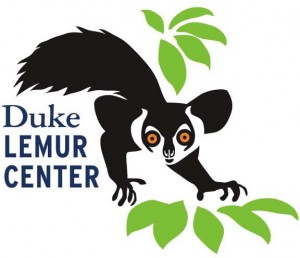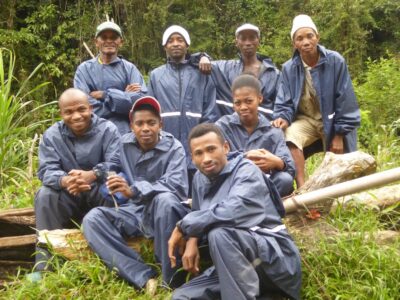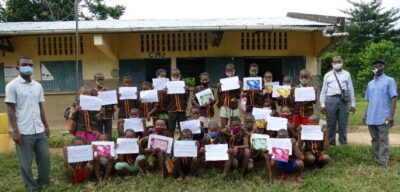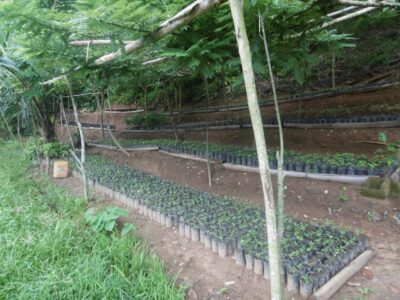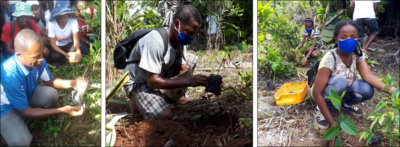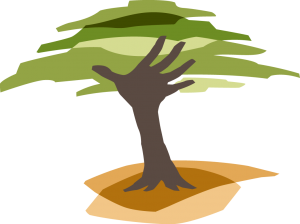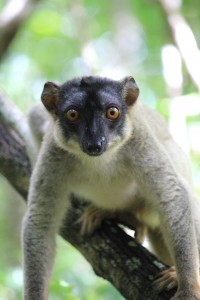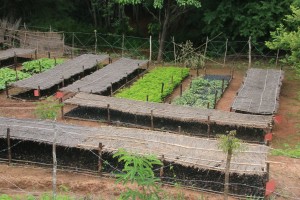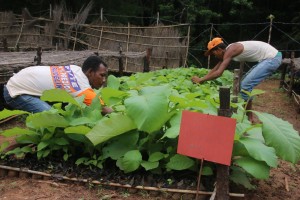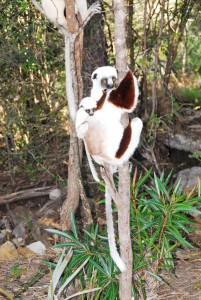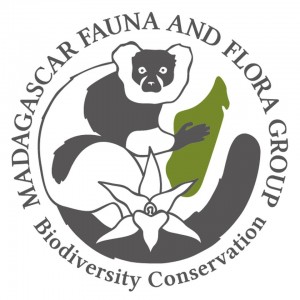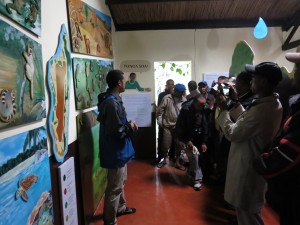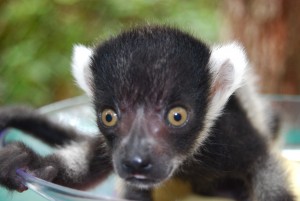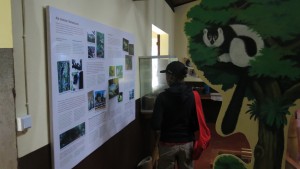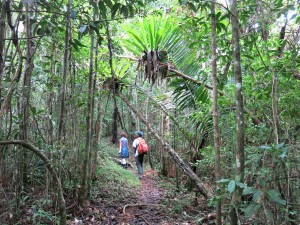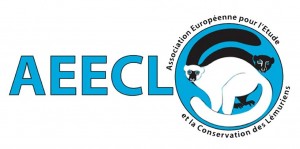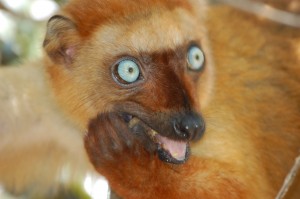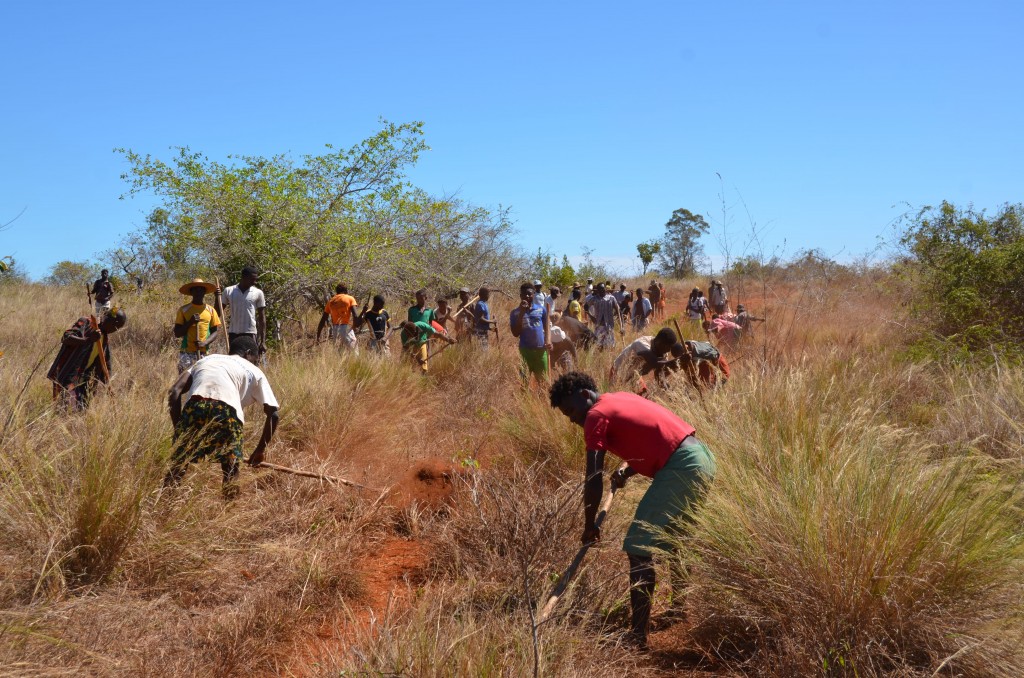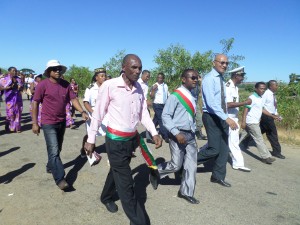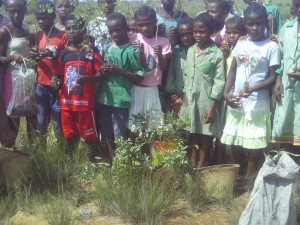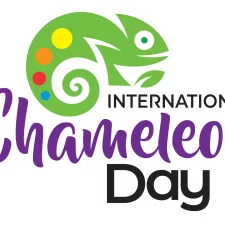Wildlife Conservation Society
What We Do
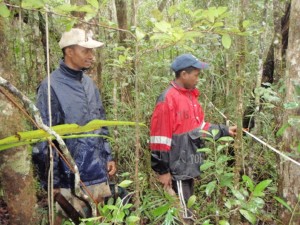
How We Protect Lemurs And Other Wildlife
Activities include a comprehensive field-based system of surveillance, law enforcement monitoring and ecological monitoring. We also work on restoration and maintenance of critical forestry corridors, research into habitats and species, and strengthening of the Government’s ability to manage and enforce forest and marine resource use regulations. WCS and our partners strive to develop the landscape as a model for resource conservation and biodiversity protection through better land stewardship linked to improved livelihoods.
Ecological monitoring of lemurs
We conduct ecological monitoring of lemurs annually at the Makira National Park in collaboration with the local communities. The aim is to detect any changes in the populations of 7 species. Data on lemur abundances, habitat health, and threats facing biodiversity are collected and analyzed to show the possible variations in lemur populations and help target conservation programming. In parallel with this ecological monitoring, WCS Madagascar collaborates with international and national researchers to enrich bio-ecological information on lemurs through various methods including surveys and genetic analysis. Lastly, in collaboration with GERP Association, we helped discover a new species of mouse lemur in 2009.
Participatory Conservation of Silky Sifaka (Propithecus candidus) in Makira Natural Park
Since 2005, in collaboration with international and national researchers, WCS has carried out extensive research on the Silky sifaka, a critically endangered lemur species in northeastern Madagascar. In addition to research, this program aims to:
- Adopt a practical conservation action plan for the Silky Sifaka that is based upon participatory conservation measures
- Use baseline data on Silky Sifaka abundance, distribution and threats to identify priority conservation actions for inclusion in a conservation action plan
- Gain community and authority consensus on the conservation action plan
- Develop and implement a synchronized ranger and community ecological monitoring network in Makira Natural Park
- Develop and implement a community ecological monitoring network
This program will also have a community development component, which will involve education and awareness raising programs. In addition, we hope to integrate Silky sifaka conservation in community ecotourism activities that generate economic benefits for the local community. For example, the organization has developed an eco-lodge and partnerships with private tourism operators. The chance to observe the Silky Sifaka in the wild is a key attraction of the site for tourists so it provides a tangible opportunity to generate economic benefits for the community resulting from the conservation of this species.
What Lemur Species We Protect
It’s our aim to contribute to the protection of lemur species found in Makira National Park. This includes more than 15 species of lemurs known to inhabit it. Seven of them are included in WCS’ Makira Project conservation targets:
- Black-and-white ruffed lemur (Varecia variegata subcincta)
- Red ruffed lemur (Varecia rubra)
- Indri (Indri indri)
- Red bellied lemur (Eulemur rubriventer)
- White-fronted brown lemur (Eulemur albifrons)
- Common brown Lemur (Eulemur fulvus)
- Silky Sifaka (Propithecus candidus)
How We Support Local Communities
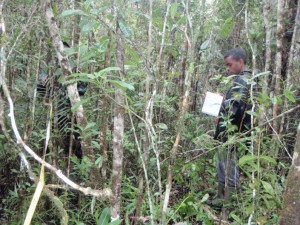
Partnerships are established through the transfer of forest management to local communities. Communities are also involved in patrolling and ecological monitoring. In addition, we have trained dozens of local community teams to assist in data collection programs, thereby increasing the capacity of communities to monitor local biodiversity and ecosystems.
WCS is developing a network of community based natural resource management sites in the form of a ‘green belt’ around the protected areas. We provide support to communities to improve sustainable management of natural resources through diversification of livelihood options and activities to improve human health and welfare.
Finally, WCS is helping secure the area’s financial future, and has developed partnerships with the private sector in the sale of carbon credits from avoided deforestation, ecotourism, and wildlife friendly products.


